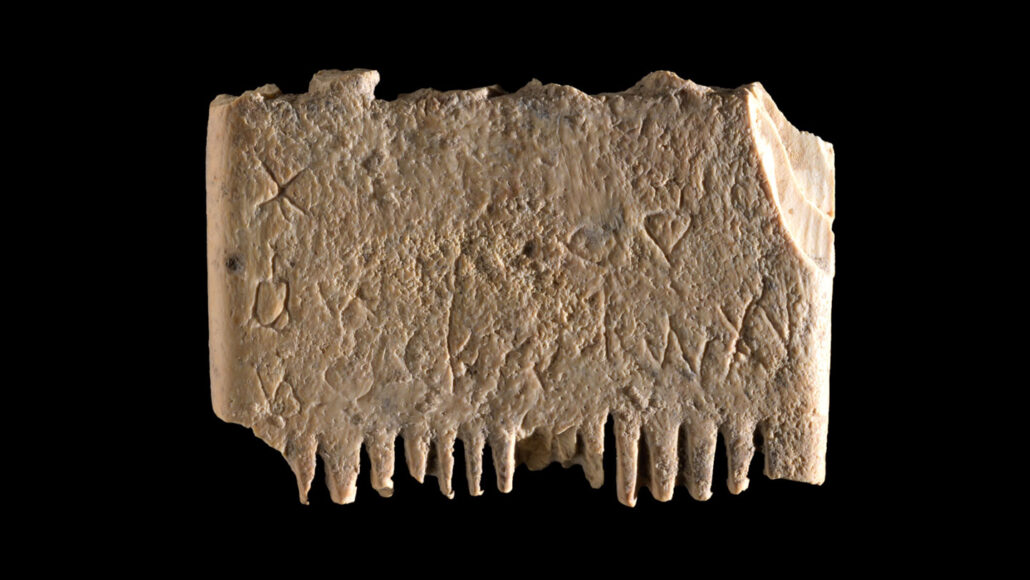archaeology: (also archeology) The study of human history and prehistory through the excavation of sites and the analysis of artifacts and other physical remains. Those remains can range from housing materials and cooking vessels to clothing and footprints. People who work in this field are known as archaeologists.
hygiene: Behaviors and practices that help to maintain health.
ivory: The hard, cream-colored substance that makes up the tusk of an elephant, narwhal or walrus.
journal: (in science) A publication in which scientists share their research findings with experts (and sometimes even the public). Some journals publish papers from all fields of science, technology, engineering and math, while others are specific to a single subject.
louse: (pl. lice) A type of tiny wingless crawling insect that infests hair on the head and neck (although it can be found on eyebrows and eyelashes). This parasite spends its life on the body, feeding on blood through the scalp several times a day. A telltale sign of head lice is the presence of their nits (small white eggs stuck to the bottom of hair shafts).
resident: Some member of a community of organisms that lives in a particular place. (Antonym: visitor)
system: A network of parts that together work to achieve some function.








